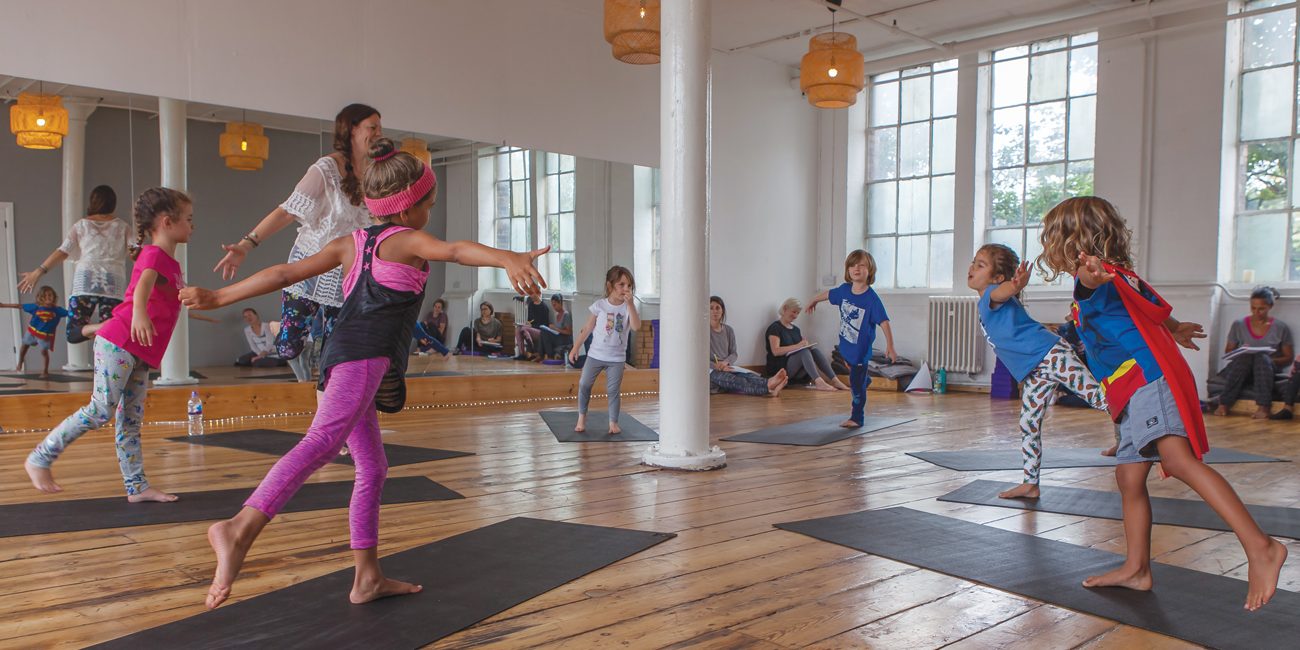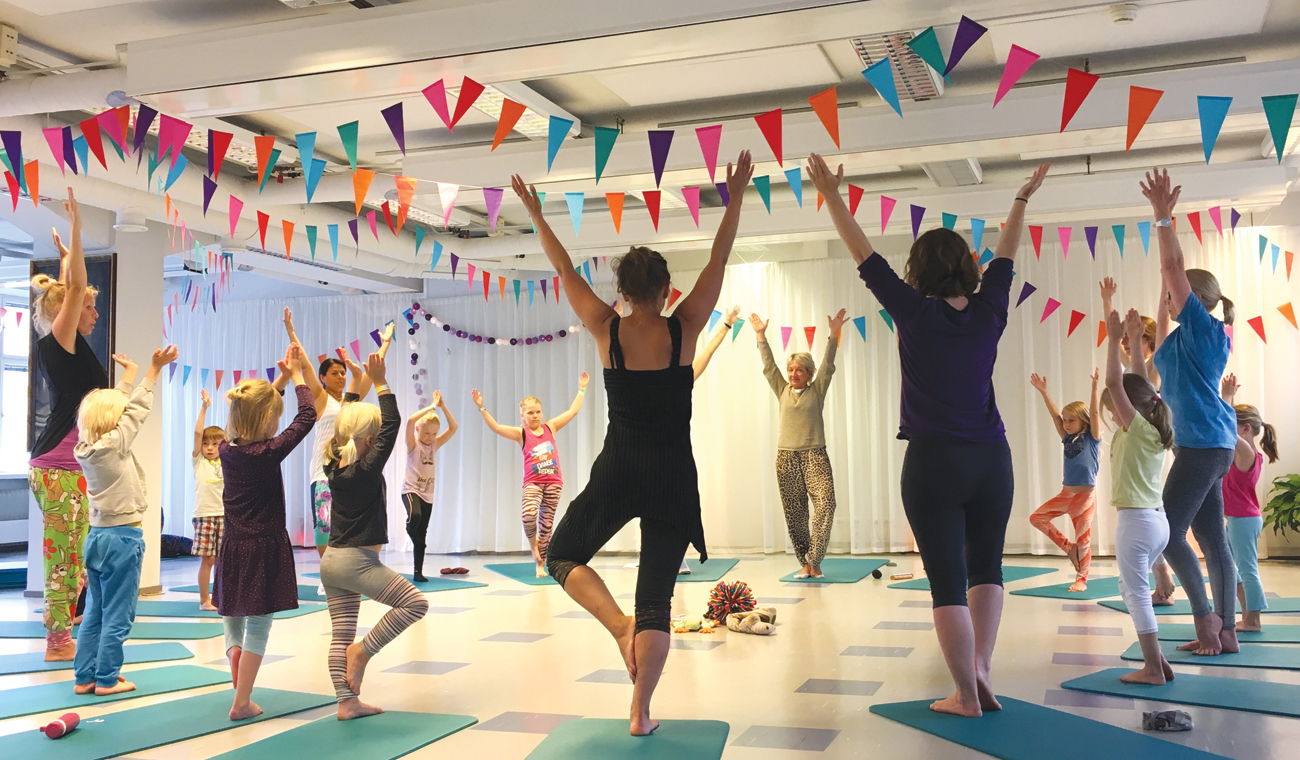
Yoga & mindfulness for children
The many benefits of yoga and mindfulness for children. By Bryony Duckitt
Over the past decade we have seen a massive increase in the number of nurseries, primary and secondary schools offering yoga - not only as an afterschool club activity, but often incorporating it into the curriculum. Mental health professionals, doctors, neurologists, teachers and even the government are beginning to recognise the many benefits that yoga and mindfulness offer to learning, healing, stress relief and everyday life.
The practice has been explored for thousands of years and the benefits to body and mind are vast. When sharing children’s yoga, we focus not only on the asana/postures but also on bringing other elements of the eight-fold path into our sessions. Mental and physical wellbeing are carefully nurtured through noticing and controlling the breath, moving the body, resting the body and developing an awareness of the mind’s chitter chatter through meditation and mindful practices.
Moving the body
The movements practiced in a yoga class are much more than just stretching: they open the energy channels throughout the body, increase flexibility of the spine, strengthen bones and stimulate the circulatory and immune systems. Along with proper breathing, these poses/asanas also calm the mind and reduce stress. A regular practice can aid overall physical and mental health and the possible prevention of diseases such as diabetes, acute anxiety, low bone density, asthma and obesity – problems that pose an increasing threat to the development of our children today. Performing poses slowly, and with mindful control, also acts as a mental exercise in concentration and meditation.
The power of the breath
Yogic breathing increases lung capacity, as well as strengthening and toning the entire respiratory and nervous systems. Deepening the breath brings more oxygen to the body through the blood stream. We may take it for granted, but breathing is one of the most important foundations of yoga. If you can teach a child to be aware of their breath, they will ultimately become more in control of their emotions and overall wellbeing. These are everyday tools for calming and energising the child to help develop a state of relaxed awareness, which is crucial for learning.
Mindful awareness
Mindfulness helps children develop healthy responses to the chaotic world around (and often inside of) them. The idea is to encourage them to use these techniques whenever they need to calm themselves and refocus their energy and attention and enhance concentration. They also facilitate a more productive and relaxed environment. Mindfulness has been seen to decrease stress and attention deficit issues, depression, anxiety, and even hostility in children. Research over the past few decades has shown that mindfulness training also develops social-emotional awareness, memory and learning, body awareness and coordination, and interpersonal skills.
Yoga is fun
Children who learn yoga at an early age have a healthy head-start in life. This is especially important in our fast-paced and stressful world. Through bringing increased awareness to the external environment and to the internal experience of the body and the mind, children will benefit psychologically and emotionally. Children can easily learn these techniques, and when learned young, they become lifelong tools.
By taking part in yoga classes, children develop important interpersonal and intrapersonal skills. Regular yoga practice offers effective help for learning disorders, hyperactivity, stress and lack of exercise. Yoga also increases self-confidence - and most importantly, it’s great fun. 
Bryony Duckitt, founder of YogaBeez Children’s Yoga School, runs accredited teacher trainings in the UK and overseas. Visit: yogabeez.com
Key benefits
- Improve posture, flexibility, strength, balance, coordination and motor skills
- Help children recognise and honour all emotions, learning to trust their instincts
- Teach breathing techniques that increase energy and decrease anxiety providing effective coping strategies for stress
- Increase body awareness as we explore our anatomy and benefits of the poses
- Teach relaxation and stress management techniques for school and home
- Nurture self-esteem, confidence and acceptance
- Offer a platform for creativity and imagination
- Build a foundation for lifelong well-being
- Classes are non-competitive and honour each child’s unique way of absorbing and integrating information
- Provide techniques to quiet the mind and sharpen focus and concentration
- Endorse healthy choices and lifestyle
- Balance and coordinate the brain
- Encourage positive thinking and a motivation to learn
- Improve grades and reading skills
- Aid better sleep
- Promote a sense of peace, within and without
- Allow for playfulness and collaboration in the learning process
- Allow children to learn to respect themselves, others and the world around them; encouraging the acceptance of differences
- Train the sense of balance and as a result boost overall health and physical fitness




